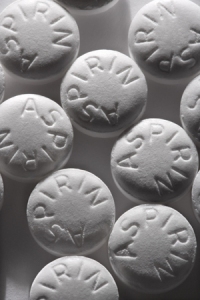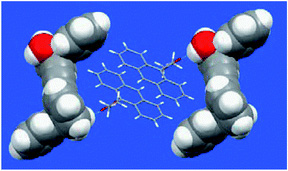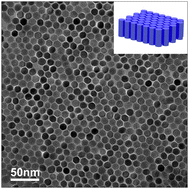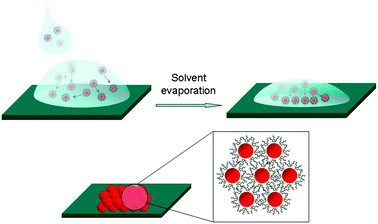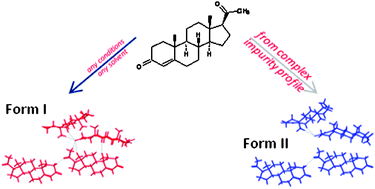In this CrystEngComm Hot Article, Shenghuang Lin and colleagues investigate the formation and suppression of misoriented grains in silicon carbide (SiC), a well-known semiconductor material.
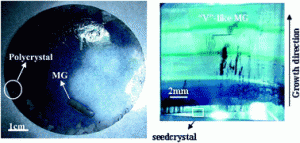 The growth rate of misoriented grains at the margins of the crystal is faster than that of the matrix and many thermal decomposition cavities exist at the initial growth stage. This indicates that the misoriented grains may originate from thermal decomposition cavities.
The growth rate of misoriented grains at the margins of the crystal is faster than that of the matrix and many thermal decomposition cavities exist at the initial growth stage. This indicates that the misoriented grains may originate from thermal decomposition cavities.
The work will be useful in developing preparation methods that suppress the formation of misoriented grains resulting in high quality, large diameter SiC crystals.
Such high quality crystals are required by industry to meet the full potential of SiC-based devices.
Read more for free until 22nd March 2011:
Formation and suppression of misoriented grains in 6H-SiC crystals
Shenghuang Lin, Zhiming Chen, Peng Liang, Yintu Ba and Sujuan Liu
CrystEngComm, 2011, Advance Article
DOI: 10.1039/C0CE00646G, Paper











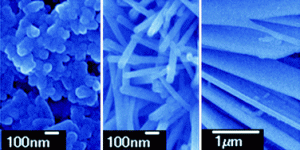

 Designing coordination polymers with both lanthanide and transition metal centres is of great interest to the MOF community in terms of the often wierd and wonderful architectures that can be achieved as well as the properties that can be derived from these networks in such diverse areas as magnetism, luminescence, catalysis and molecular adsorption.
Designing coordination polymers with both lanthanide and transition metal centres is of great interest to the MOF community in terms of the often wierd and wonderful architectures that can be achieved as well as the properties that can be derived from these networks in such diverse areas as magnetism, luminescence, catalysis and molecular adsorption. In this CrystEngComm
In this CrystEngComm 